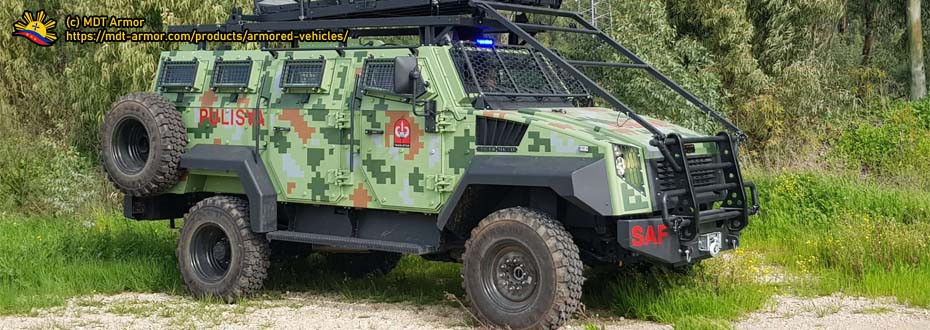- Home
- News
- Uniformed Agencies
- External Links
- Pitz Defense Media
- Pitzviews Media
- Defense Forums
- Social Media
- DND/AFP Modernization Updates and Review (DAMUR), (Members Only)
- Philippine Defense Forces Forum - FB Page
- Concerned Philippines For AFP Modernization (Members Only)
- Katipunan for AFP Modernization and Good Governance (Members Only)
- Philippine Military Analysis and Updates (PMAU)
- More Social Media Links
- Uniformed Government Organizations
- DND BAC
- DBM SARO Budget Releases
- Featured
- Categories
- More
-

Future Space
If you see this slide, this means that this website is still adding features on its main slide that will accomodate future featured articles. Website content will start publishing by May 2025.
-

Additional A-29 Super Tucano for the Philippine Air Force?
The Philippine Air Force added six (6) more A-29 Super Tucano orders in record time, making the total number of units to at least twelve (12) units or a single squadron.
-

The Story of the PNP's Shladot MDT Armored Vehicle
Once relied on the V150 Cadillac Gage Commando Armored Personnel Carriers, the PNP Special Action Force now has a capable Israel-made armored vehicle that can protect and carry more troopers onboard.
-

LCH Prachand Attack Helicopters for Phil. Air Force?
India's Hindustan Aeronautics Limited has increased its stakes in the Philippine defense marketplace, now providing its attack helicopter to compete against established ones like the T-129 ATAK.
-

Philippine Air Force's J/TPS-P14ME Mobile Radar Platform
This radar module is the latest among military-related deals that have taken place between Japan and the Philippines, as part of the larger J/FPS-3ME radar package.
-

Indonesia's ASW Aircraft Offer to the Philippine Navy
As part of an improved relations between two neighboring ASEAN countries, Indonesia pitches its aircraft platform for the Philippine Miltary's maritime capability improvement.
-

Know More About Us
Just kindly click this link to understand more about our resolve of providing knowledge and perspective in relation to the Philippine defense and other related topics or discussions.
-
X (Formerly Twitter) Feed
-
Follow Us on Facebook!
Subscribe via Email
-
About the Author
About The Website
This is the defense website that gives a proper knowledge, understanding, and perspective in dealing with different discussions involving or related to military and defense matters. It also serves as a relevant outlet for news, reports, analysis, and viewpoints pertaining to military issues from the Philippines and across the region and the globe.- Site Policy
Copyright © 2025
Pitz Defense Analysis | About This Site














.png)

